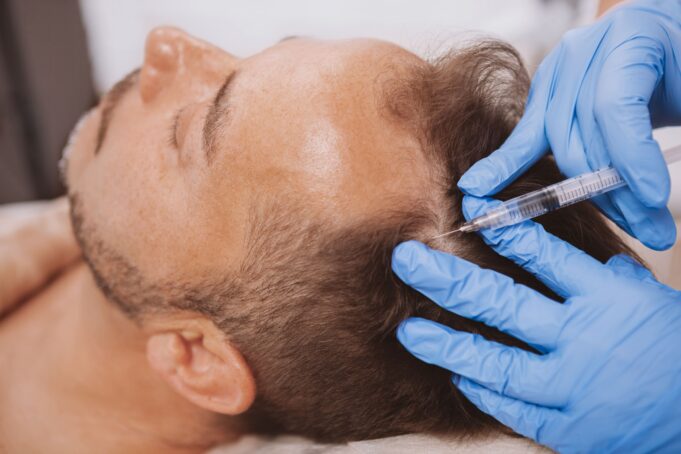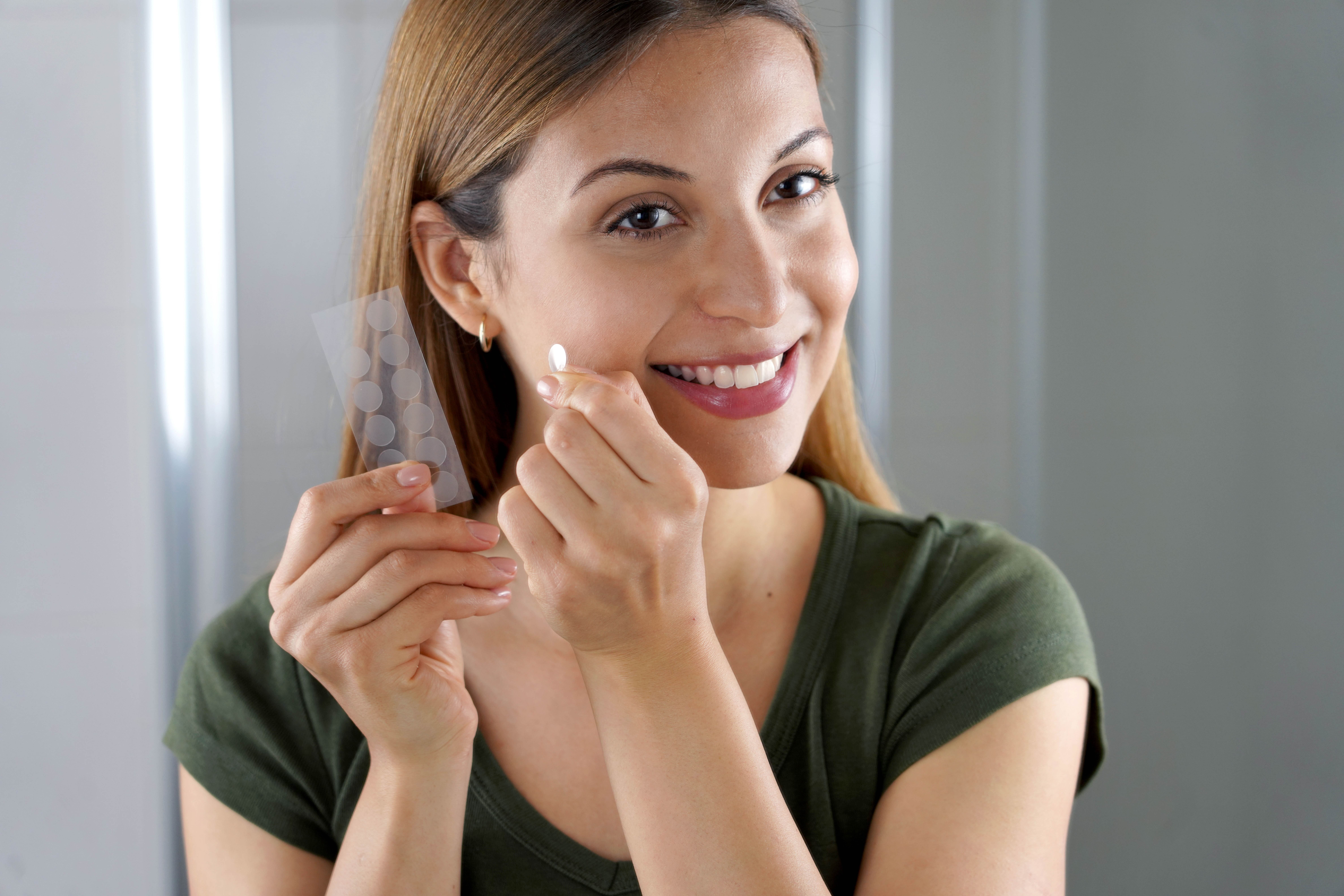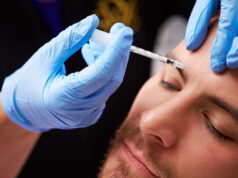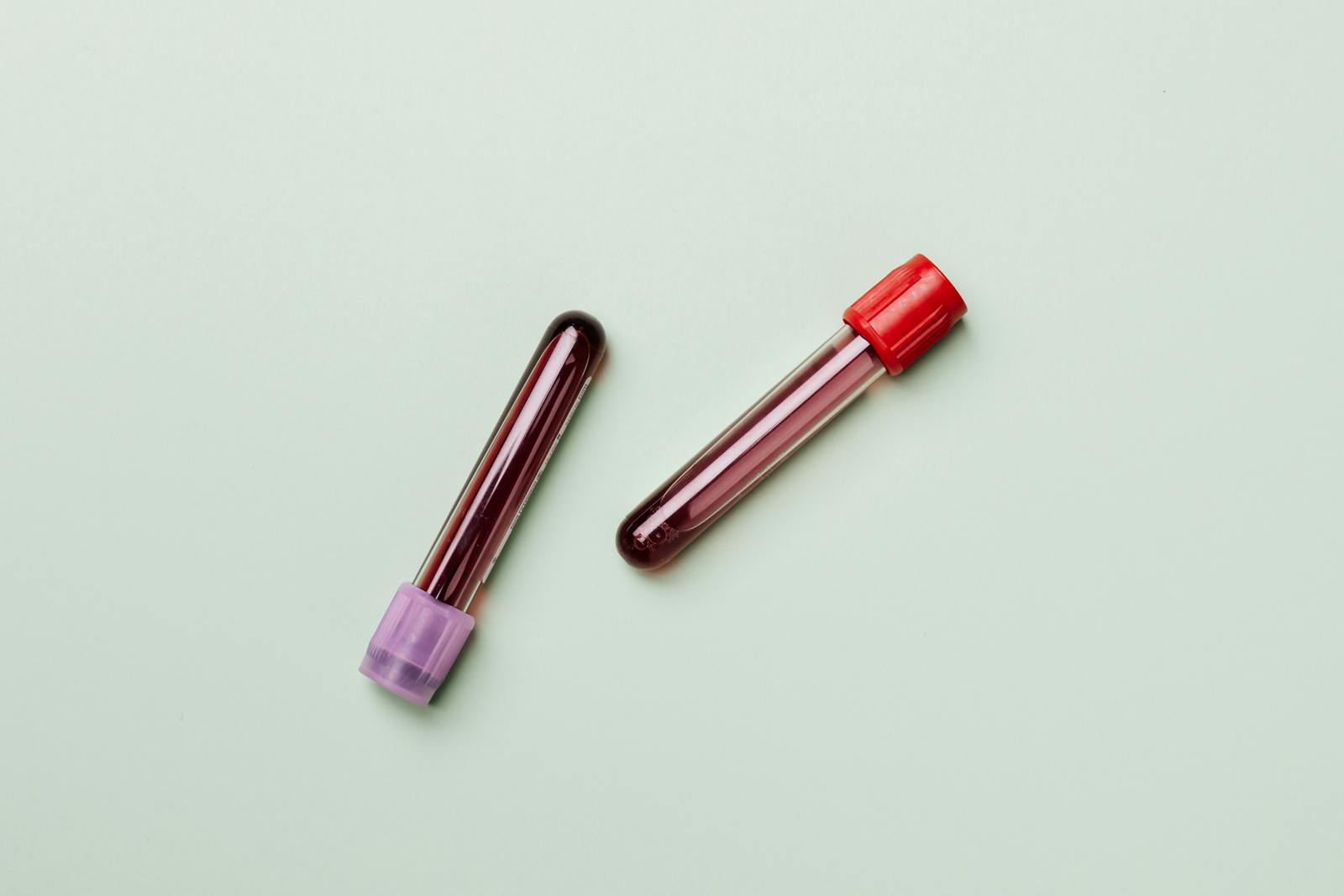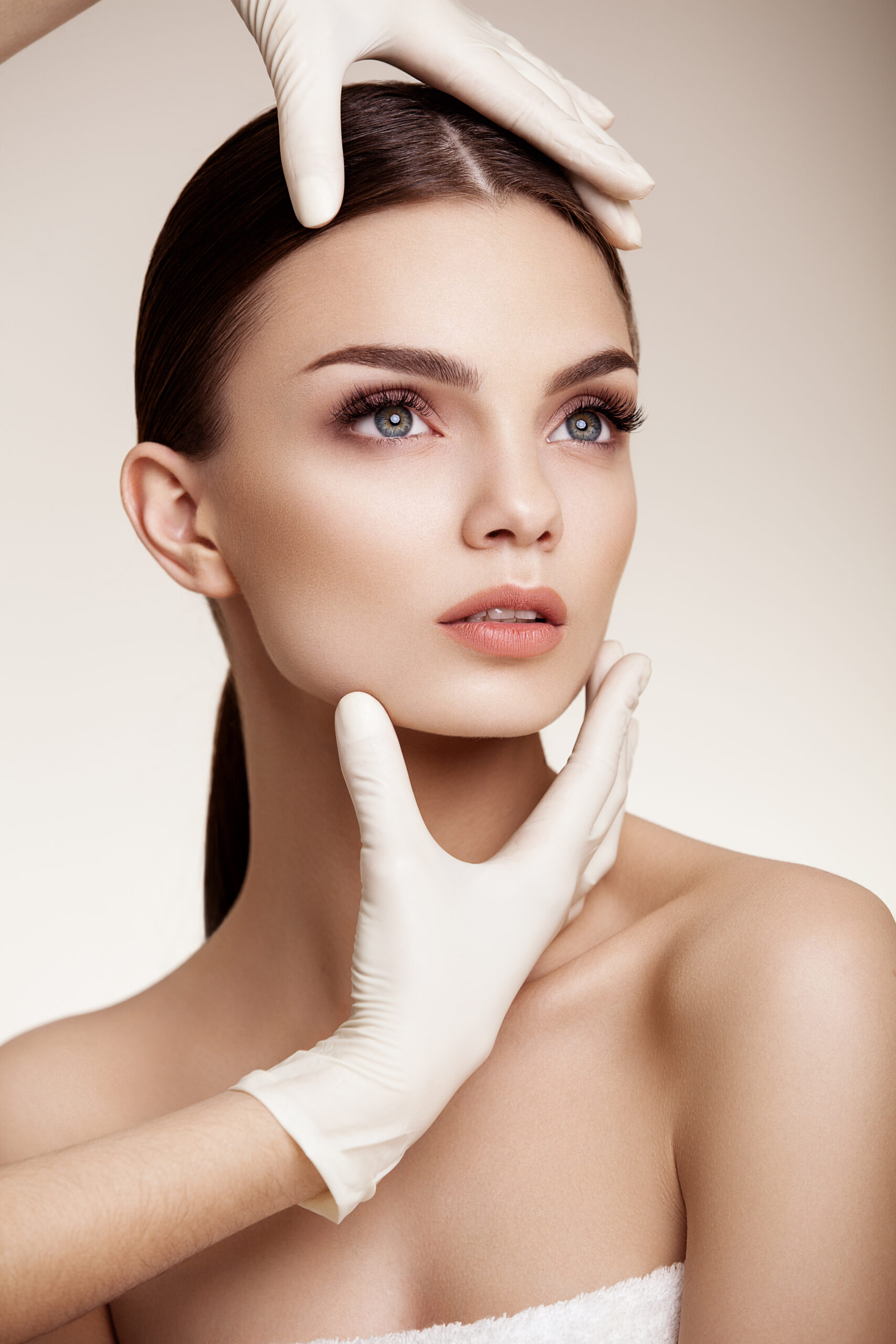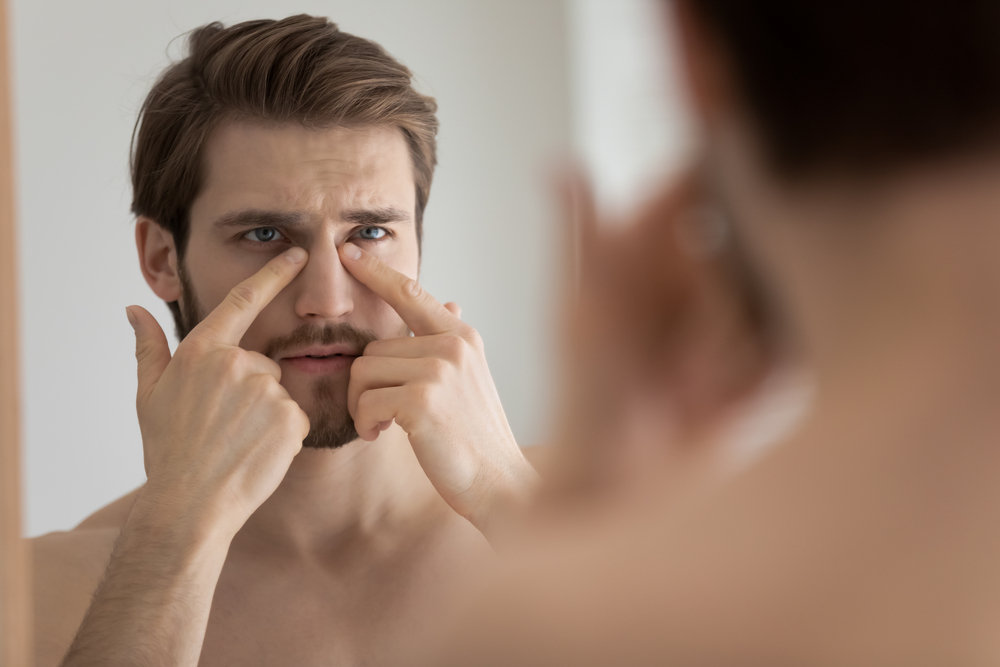Understanding PRP and Hair Loss
Hair loss remains a challenging concern for millions of people worldwide, affecting both confidence and quality of life. Platelet-Rich Plasma (PRP) therapy has held a strong reputation for years as a natural and effective solution. Despite the arrival of newer treatments and technologies, many professionals still view PRP as the gold standard for hair restoration.
PRP uses the body’s own healing properties to stimulate hair follicles and encourage natural regrowth. It involves drawing a small amount of the patient’s blood, processing it to concentrate the platelets, and then injecting it directly into the scalp. These platelets release growth factors that promote tissue regeneration and increase blood supply to the hair follicles.
Dr. Sarah Patel, a leading aesthetic doctor based in London, explains, “PRP remains one of the most effective non-surgical options because it harnesses the patient’s own biology. It’s a safe, reliable treatment with minimal risk and proven long-term benefits for hair density and strength.”
Why Experts Still Trust PRP
In a market increasingly filled with synthetic solutions, PRP stands out because of its natural approach. Unlike pharmaceutical interventions, PRP does not introduce foreign chemicals into the body. Instead, it amplifies the body’s natural regenerative processes.
Consultant Dermatologist Dr. Mark Reynolds adds, “Many of the newer treatments may seem appealing, but few have the clinical backing or long-term studies that PRP does. In my practice, PRP remains a first-line recommendation for early-stage hair loss or as a supportive treatment post-transplant.”
Another advantage is the versatility of PRP. It can be combined with other therapies such as microneedling, topical treatments, or even hair transplant surgery to improve results further. Its adaptability makes it a cornerstone treatment in many clinics.
Award Winning Aesthetician Dr Ed Robinson “PRP (Platelet-Rich Plasma) therapy is a minimally invasive, evidenced based treatment for hair restoration, offering a natural and highly effective solution for hair loss. By harnessing the body’s own healing power through growth factors, PRP stimulates hair follicles, encouraging thicker, stronger, and healthier growth without the need for surgery or synthetic substances. I have seen how restoring hair can profoundly impact self-esteem, helping individuals regain their confidence and feel more empowered in their personal and professional lives”
Dr. Jill Chitalia, a dermatologist, trichologist, and advanced aesthetics specialist adds “From my clinical experience, PRP (Platelet-Rich Plasma) remains the most trusted approach for treating early to moderate hair thinning because it addresses the root causes scalp health, follicle vitality, and blood supply all without introducing foreign substances into the body.
When we prepare PRP, we extract a concentrated portion of the patient’s blood rich in growth factors, then inject it precisely into thinning areas. These growth factors act as biological messengers, encouraging dormant follicles to reactivate, improving circulation around the hair roots, and enhancing the thickness and resilience of existing hair strands.
What patients often don’t realize is that hair thinning isn’t just about the strands falling out it’s about the follicle becoming progressively weaker, smaller, and less capable of supporting new growth. PRP helps interrupt this miniaturization process by restoring a healthier, better-nourished environment around each follicle.
“PRP doesn’t just aim to grow new hair it strengthens the very foundation that supports hair over time,” I often tell my patients.
The changes are gradual but meaningful: improved density, better texture, less shedding, and a scalp that looks visibly healthier. Especially when started early, PRP can slow down the progression of hair loss significantly and sometimes even reverse it in certain areas.”
Leading UK hair transplant surgeon, Dr Matee Rajput, said: “PRP is a natural, minimally invasive therapy that harnesses the body’s own healing mechanisms. Unlike synthetic medications, PRP uses concentrated growth factors from the patient’s own blood to stimulate dormant hair follicles, improve scalp health, and support long-term follicular regeneration, all without the risk of allergic reactions or systemic side effects.”
“It is able to promote hair growth at a cellular level while also enhancing hair thickness and density and works synergistically with other therapies. The treatment is quick, well-tolerated, and has virtually no downtime, making it by far the best option for patients seeking effective, evidence-backed hair restoration. At our clinics, we refer to PRP as liquid gold, because it simply is the gold standard for minimally invasive hair loss treatment.”
“PRP is continuing to evolve with advances in centrifuge technology, injection techniques, and combination protocols. As a regenerative treatment, it aligns with a more holistic, patient-centred approach to aesthetic care.”
What Patients Should Know
While PRP offers impressive outcomes, it is not an overnight solution. Patients typically require a course of treatments spaced about four to six weeks apart, with maintenance sessions every few months depending on individual needs. Most clients start to notice improvements in thickness, shedding, and scalp health after three months.
“Managing expectations is crucial,” says Dr. Patel. “PRP is incredibly effective, but it works gradually and requires commitment. When patients understand this, they are usually thrilled with the natural, lasting results.”
As the industry continues to evolve, PRP’s solid track record and growing base of clinical evidence ensure it remains a trusted choice for both practitioners and patients.

